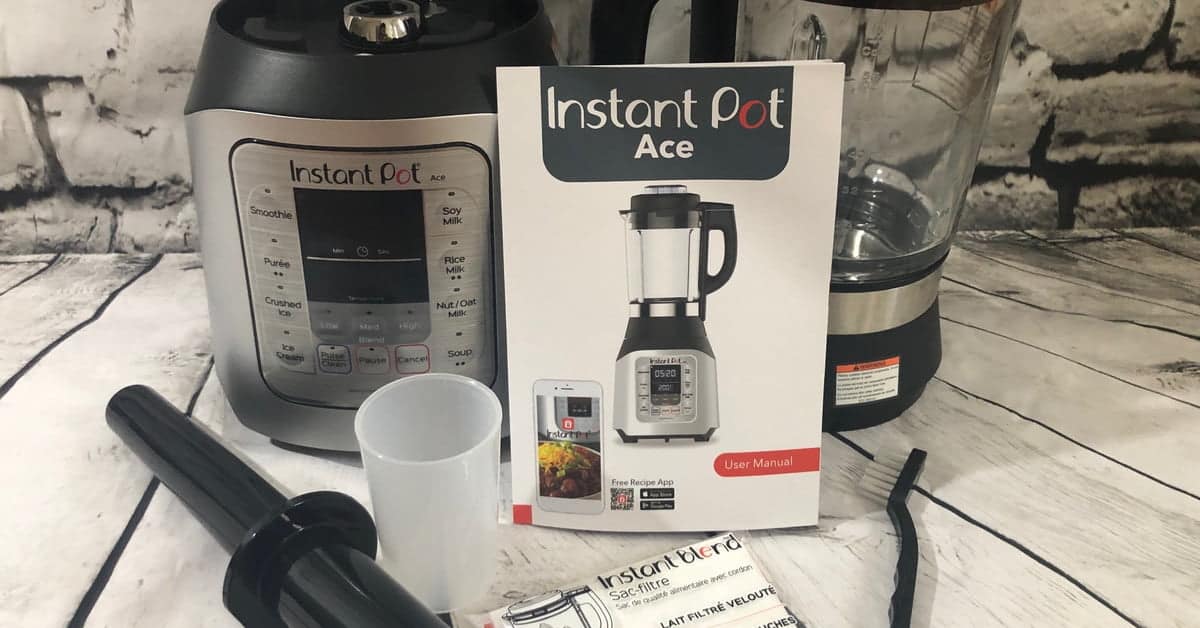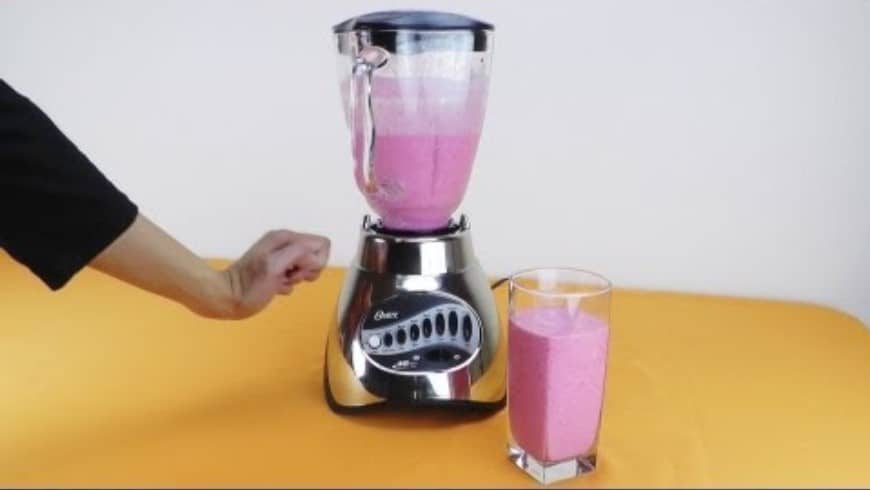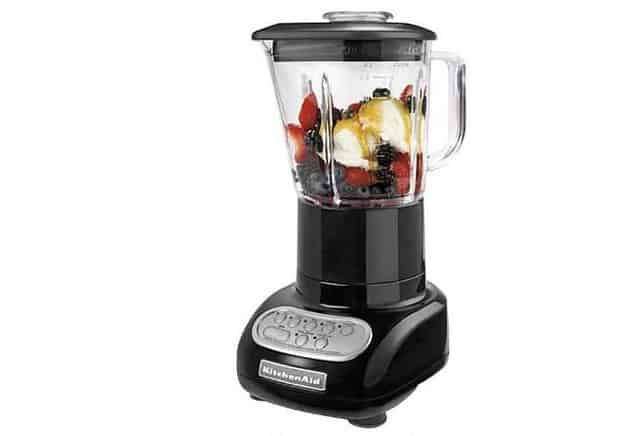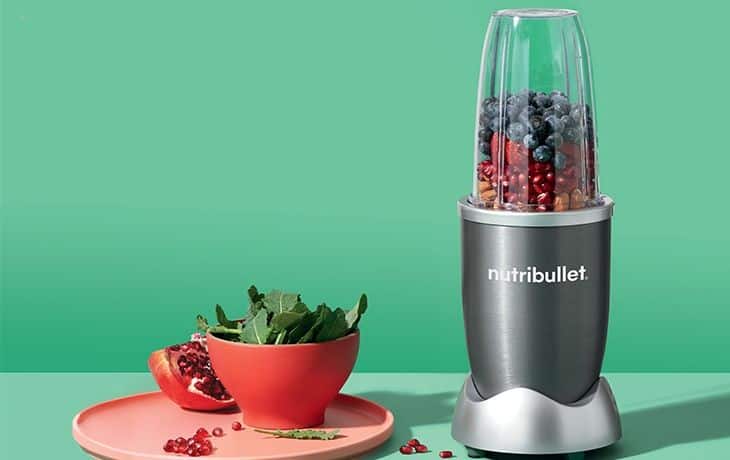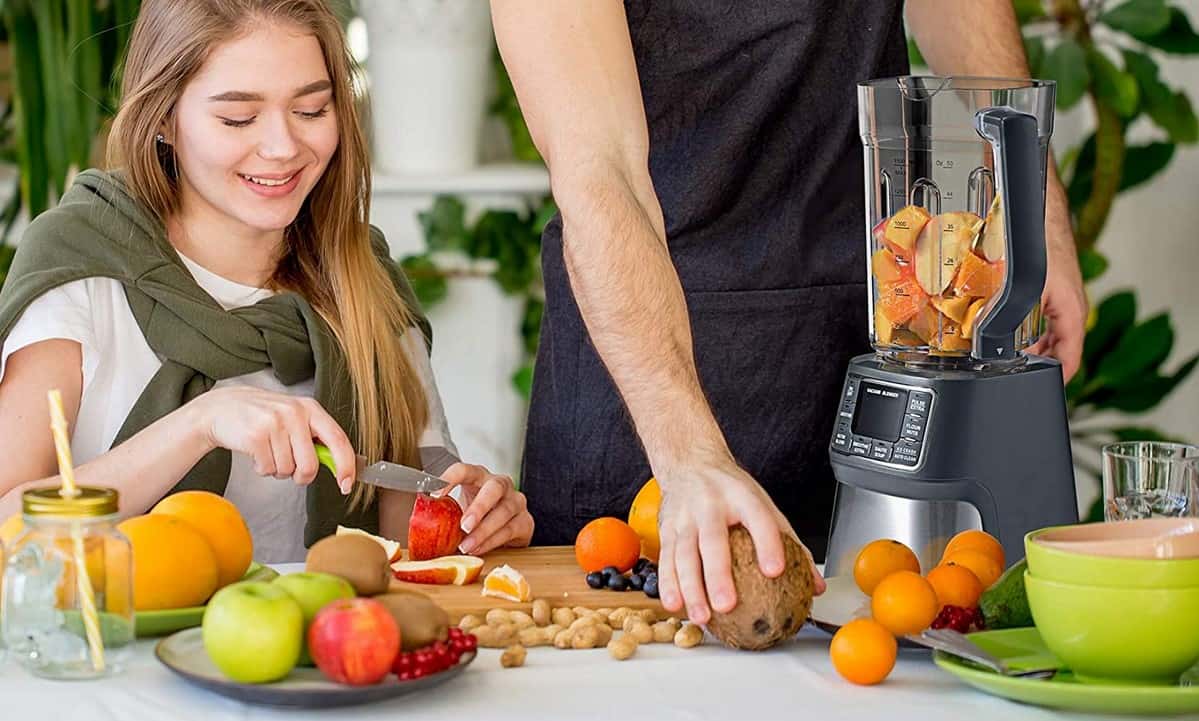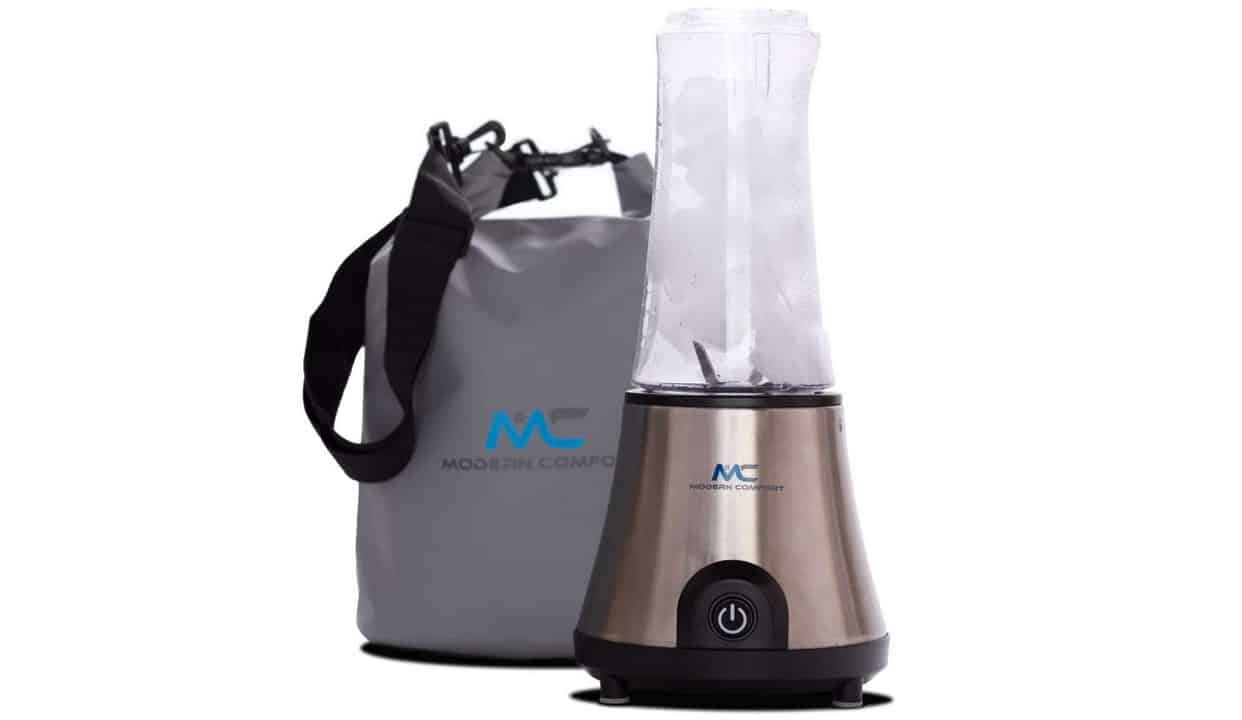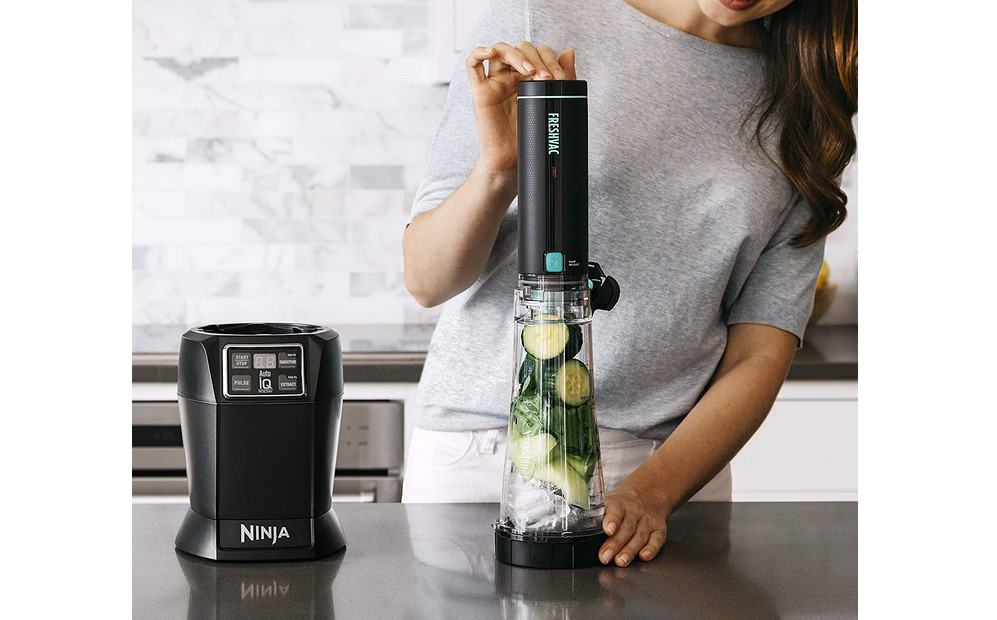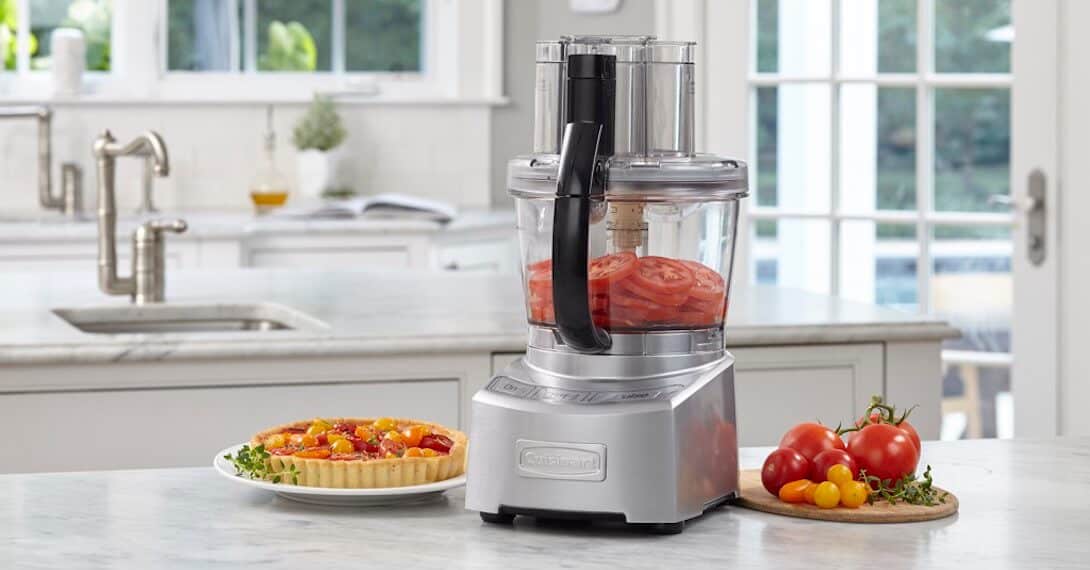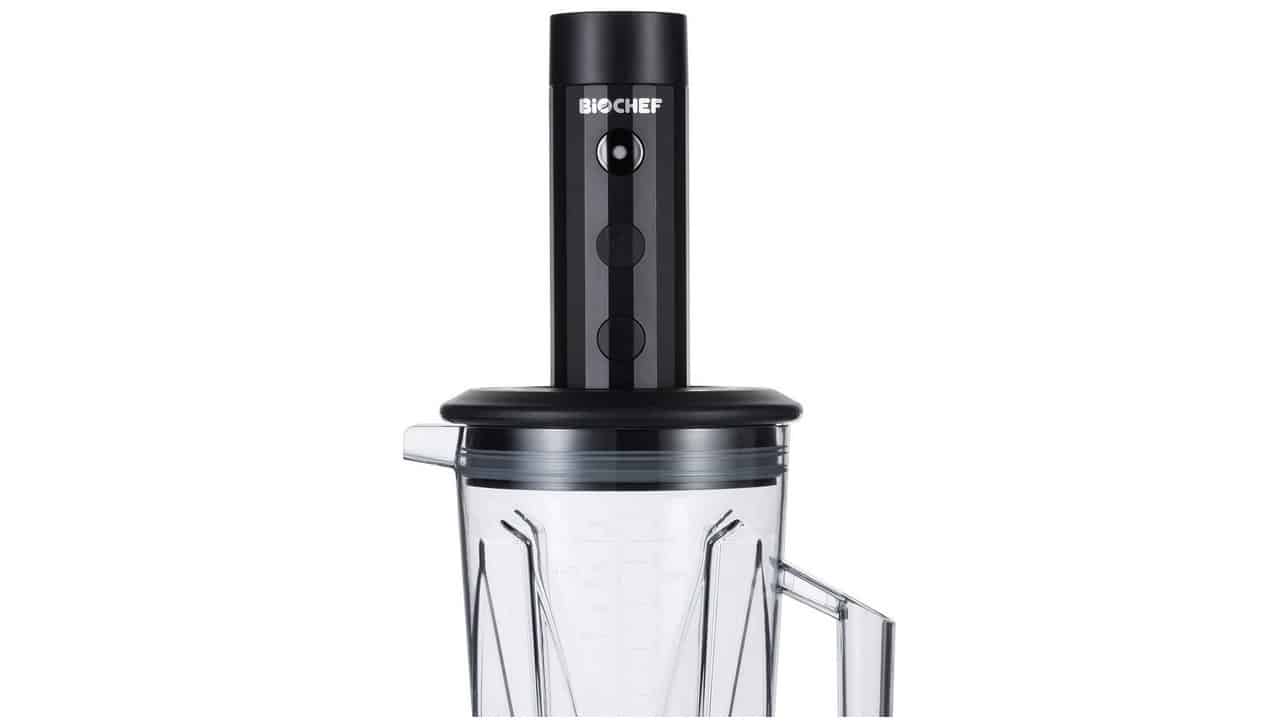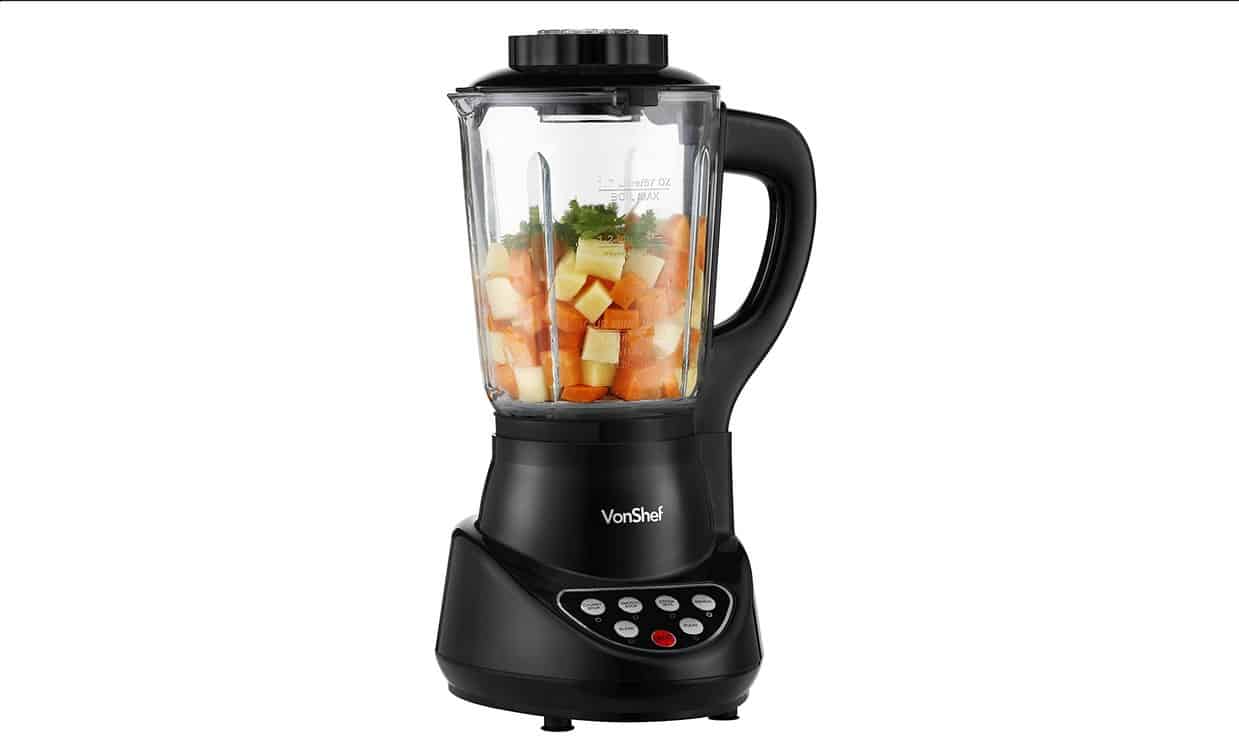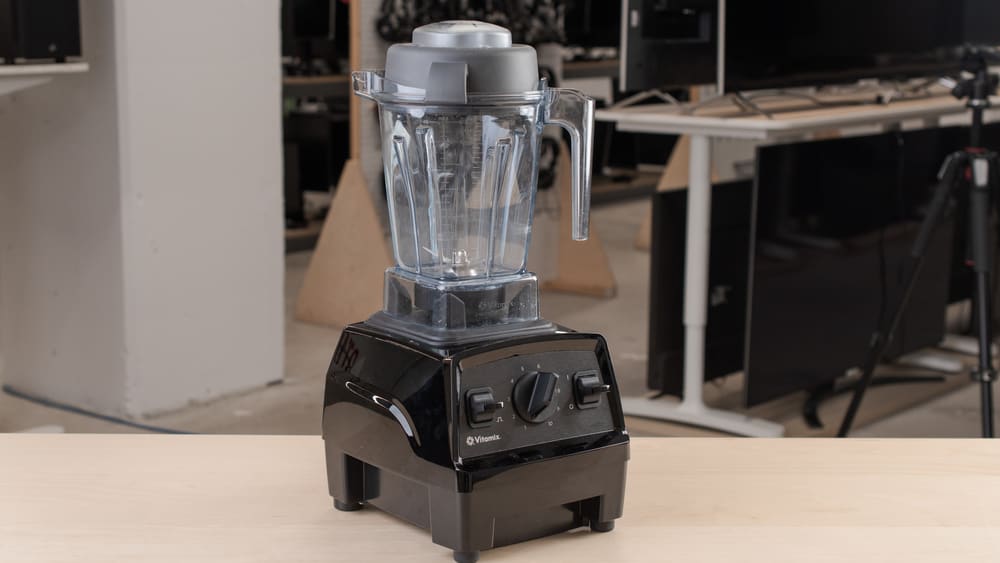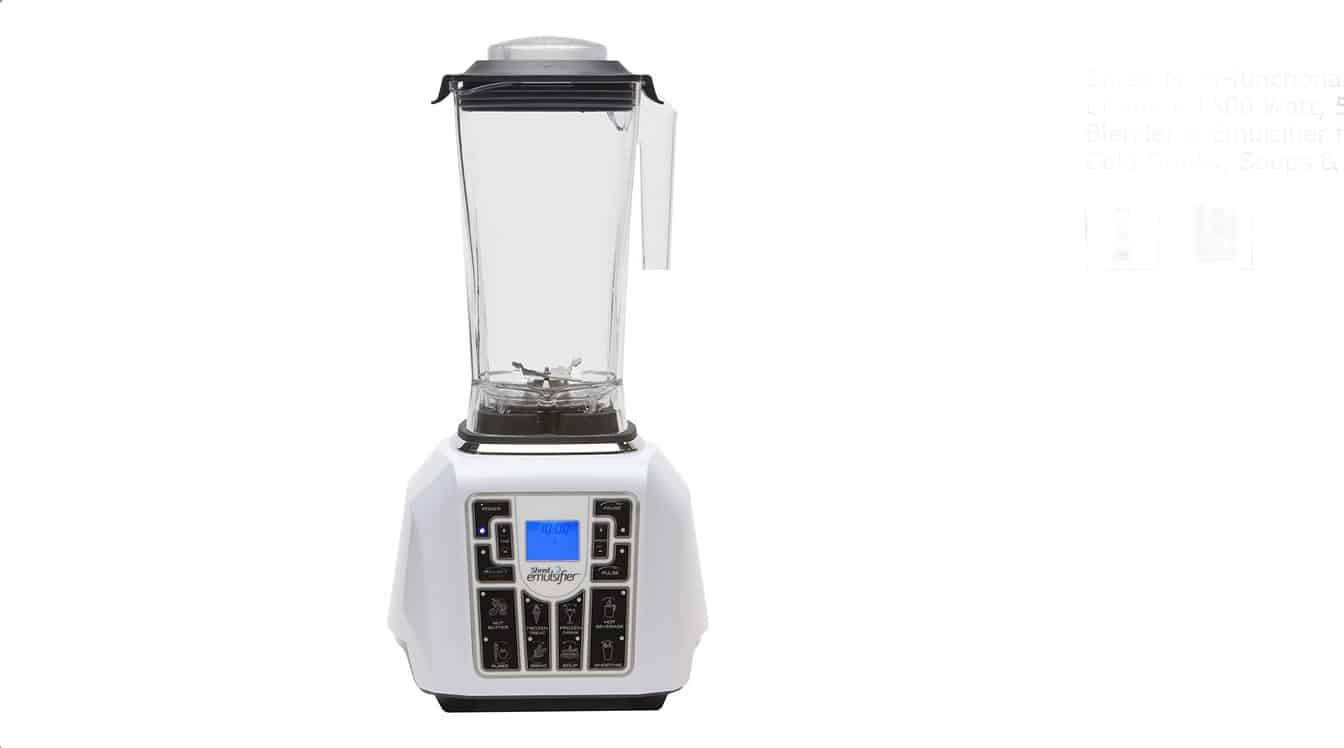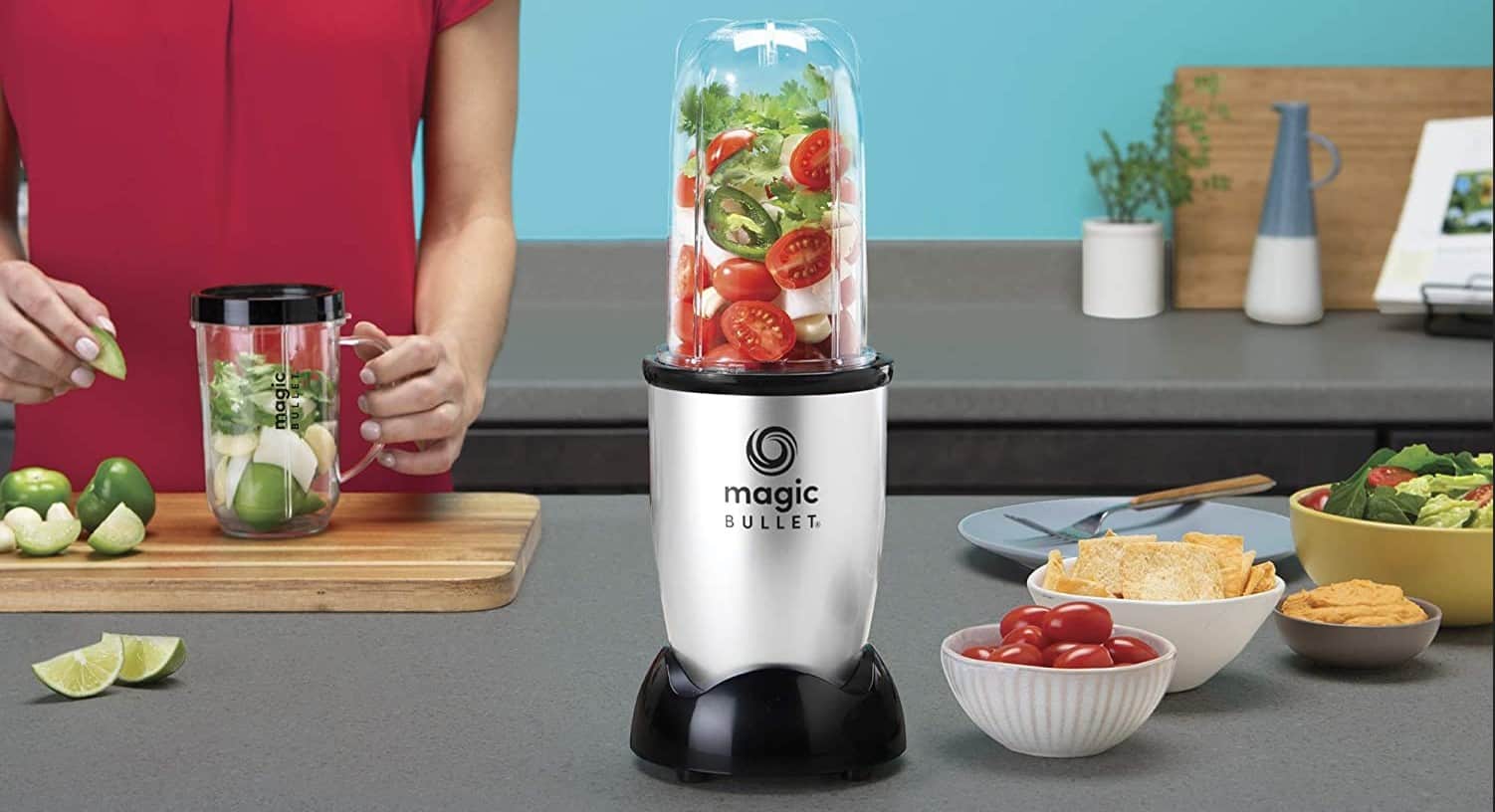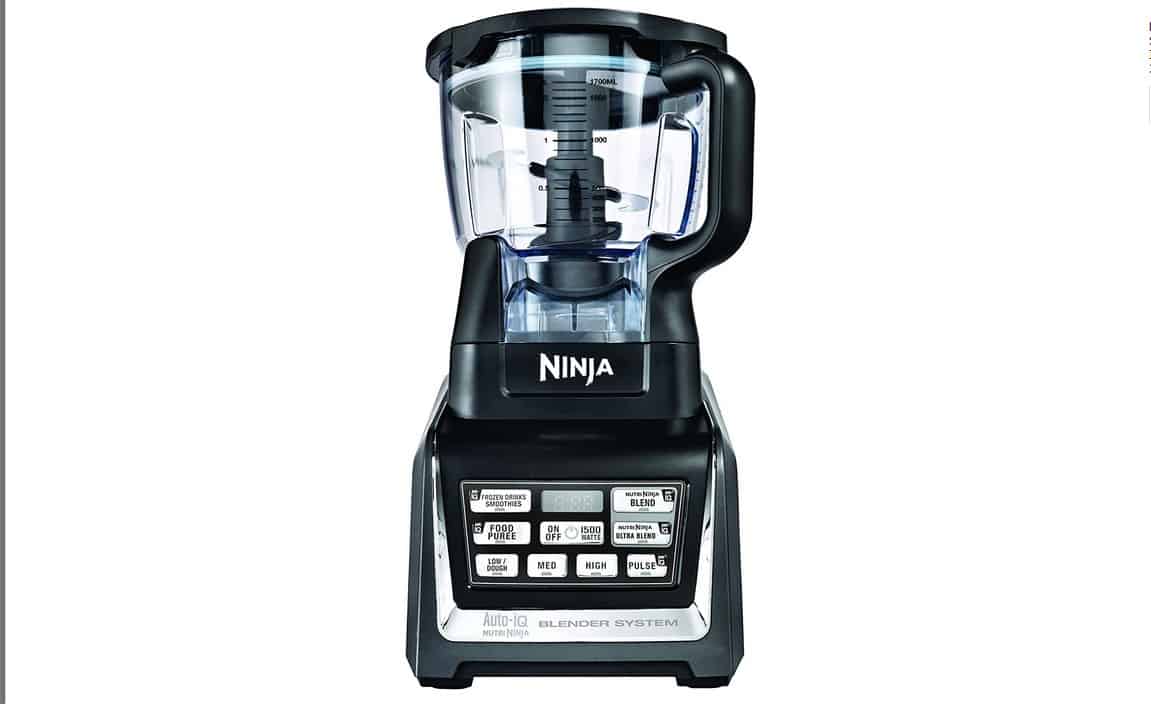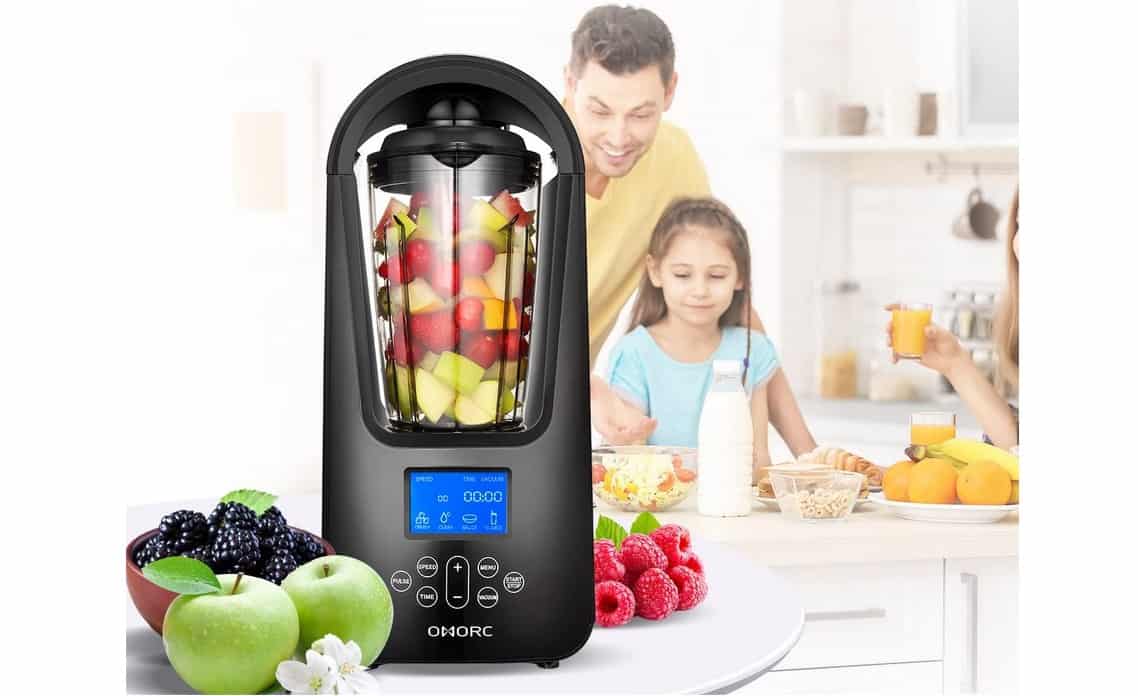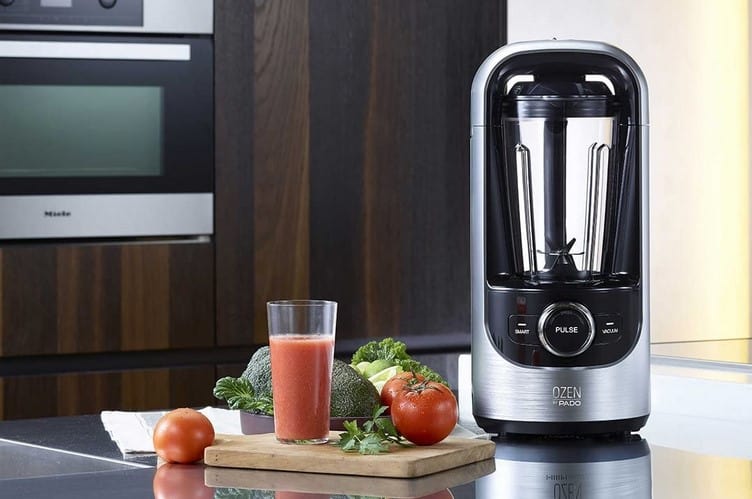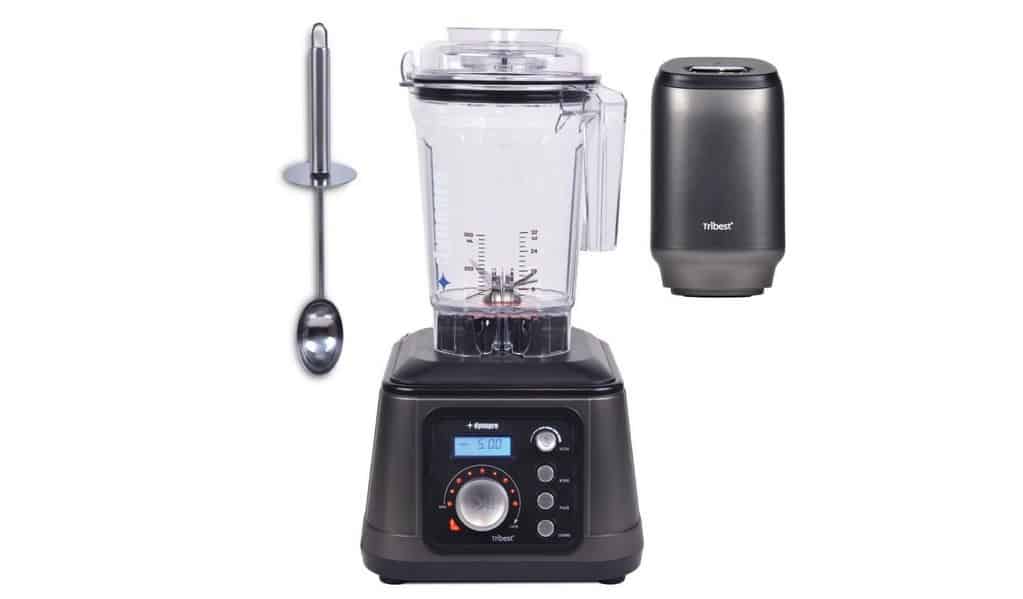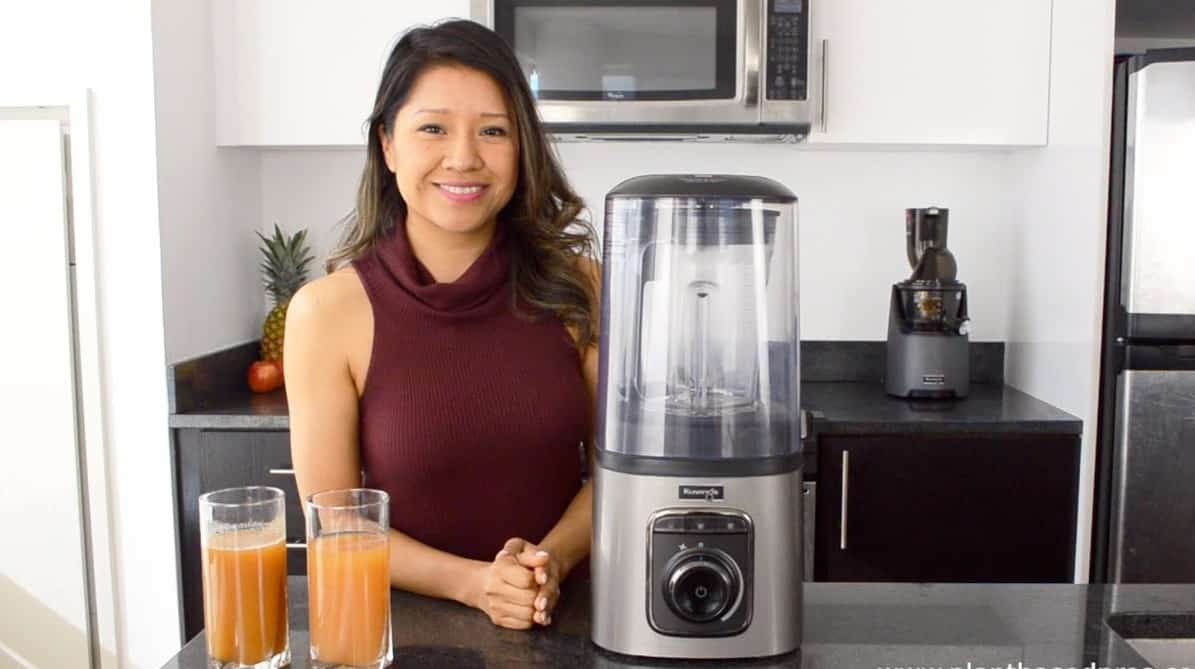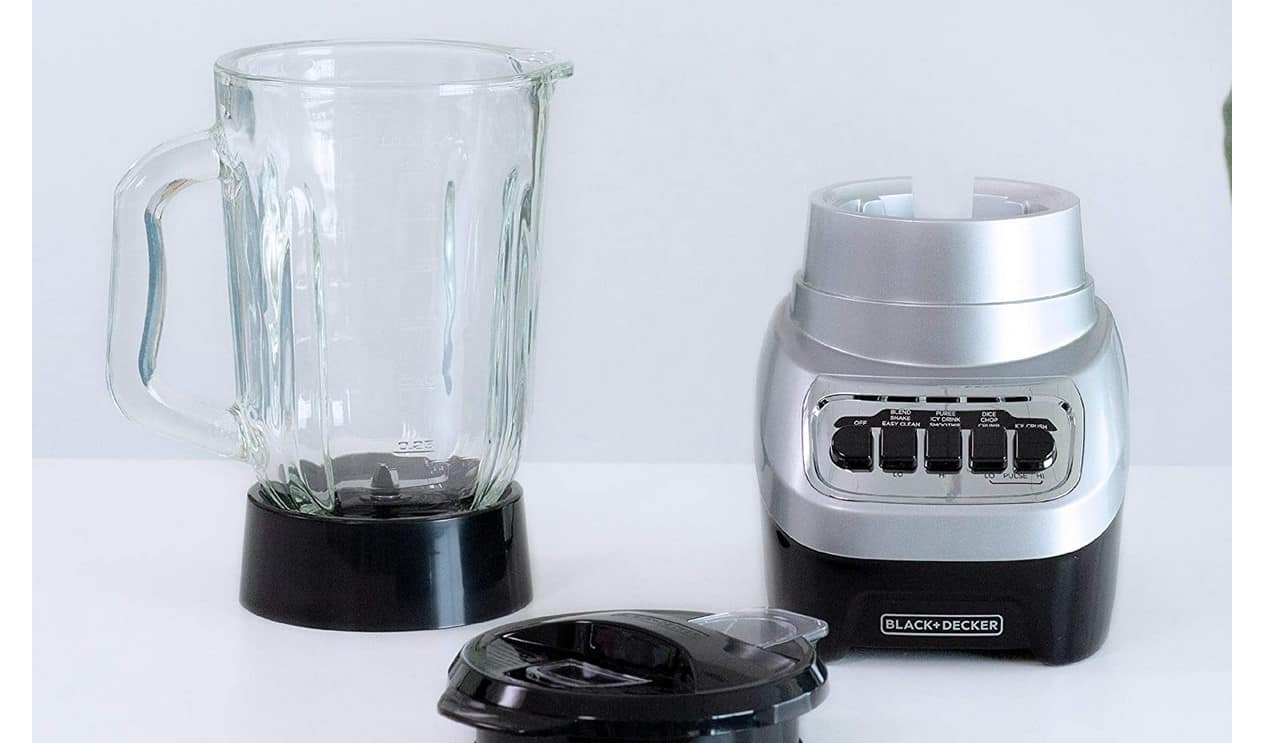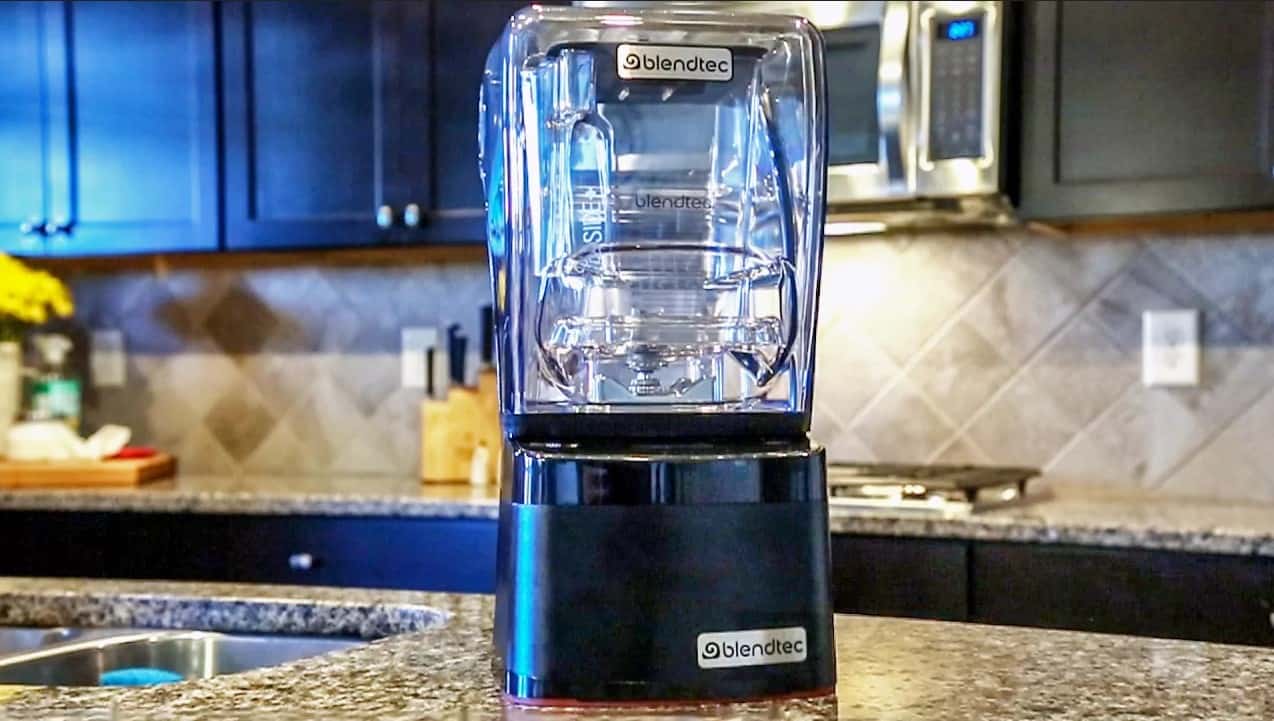More than 90% of households report owning at least one personal or full-size blender, according to new AHAM research. However, if you’re new to cooking, you may not know everything there is to know about a blender. For example, what are the best blenders? How much should you spend on a good blender? And many more questions like these. So, what is a blender used for? The different settings on the blender often represent different results of blending.
KEY TAKEAWAYS:
- Consumers may use blenders to mix drinks, both alcoholic and nonalcoholic.
- Blenders may help reduce or pulverize solids.
- Others emulsify mixtures and dissolve dry ingredients into liquids.
How Does a Blender Work?
The average kitchen blender includes housing for the blender motors, the powerful motor itself, the plastic or glass jars, and the blade assembly. The blender blades rest within the blending jar while you use the blender. These sharp blades help to reduce the solid ingredients within the mixture and blend any liquids.
Users may choose from several types of blenders, including countertop blenders, commercial blenders, pastry blenders, and immersion blenders. Additionally, consumers sometimes purchase a handheld version of these kitchen appliances to use on the go, which are referred to as personal or portable blenders. Chefs may own multiple types of blenders to expand their kitchen arsenal since specialized appliances have more functions than standard blenders.
What Does a Blender Do?
Many countertop blenders have a variety of uses and a few speeds they can operate at. In order to determine the best speed to use, you can usually look at the recipe, or you can google what you’re making. If your blender has a lot of settings, your user’s manual should tell you the name of each setting. More powerful settings could be used for harder-to-blend ingredients, while lower power settings may be used to mix softer ingredients or liquids.
Traditional blenders can grind, reduce, or pulverize solid ingredients. These options are particularly handy for grinding hard ingredients into smooth textures alongside liquids. They can also chop up or pulverize nuts or hard fruits. Some find blenders to be particularly nice for dissolving solids or powders into liquids. Also, some blenders can make hot soup. Additionally, blenders can help to blend milkshakes, frappuccinos, and smoothies. Restaurants may even mix alcoholic and nonalcoholic ingredients with ice using a blender. Home cooks could blend pancake or waffle batter using their kitchen appliances, though some still prefer to mix the batter by hand.
What Can an Immersion Blender Do?
Immersion blenders offer many of the same functionalities as standard ones, but they also have some additional uses. For one thing, chefs blend larger quantities of ingredients than can fit the blender jar. This ability stems from the fact that an immersion blender offers a high-powered blender blade that rests at the end of the wand. To blend items, you have to push the blade into the food. The immersion technique allows chefs to blend both larger and smaller volumes of ingredients. For a countertop blender, the jar should be at least a quarter full, making it difficult to make small amounts of food, like a single jar of baby food.
Finally, immersion blenders provide the key for mixing hot soups while they are in the pan. The powerful blender works with either hot or cold ingredients and eliminates the need to transfer the ingredients to the blender jar. This option could help to blend semi-solid ingredients and liquids into a creamy soup or pasta sauce.
F.A.Q.S
When should I use a blender instead of a food processor?
Blenders can do many of the things a food processor can do, though not all of them. In particular, you should use a blender when you are creating smooth, consistent textured mixtures that involve liquid.
What is a pastry blender used for?
Pastry blenders are used to cut fat and mix it into the dough evenly.
What’s the difference between a food processor and a blender?
Food processors chop, slice, grate, or mince ingredients. Blenders traditionally take more solid ingredients and liquids and make liquid ingredients, though immersion blenders sometimes offer an option of reducing food to powder.
STAT: The United States Environmental Protection Agency has estimated that the level of volatile organic compounds (VOCs) in American homes could be as much as 5-7 times higher as compared to the outdoors. (source)

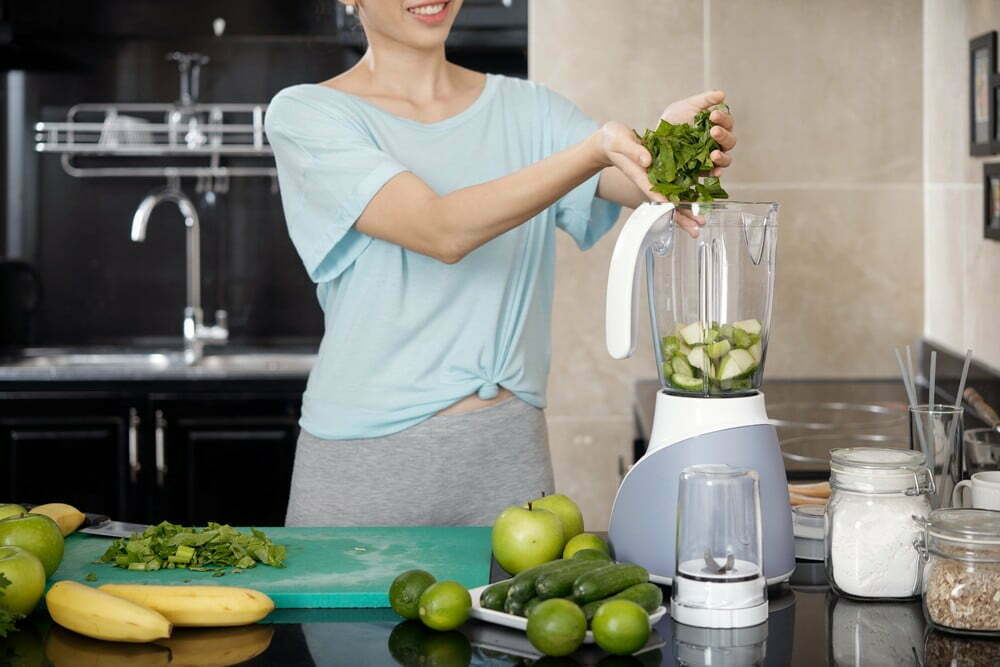













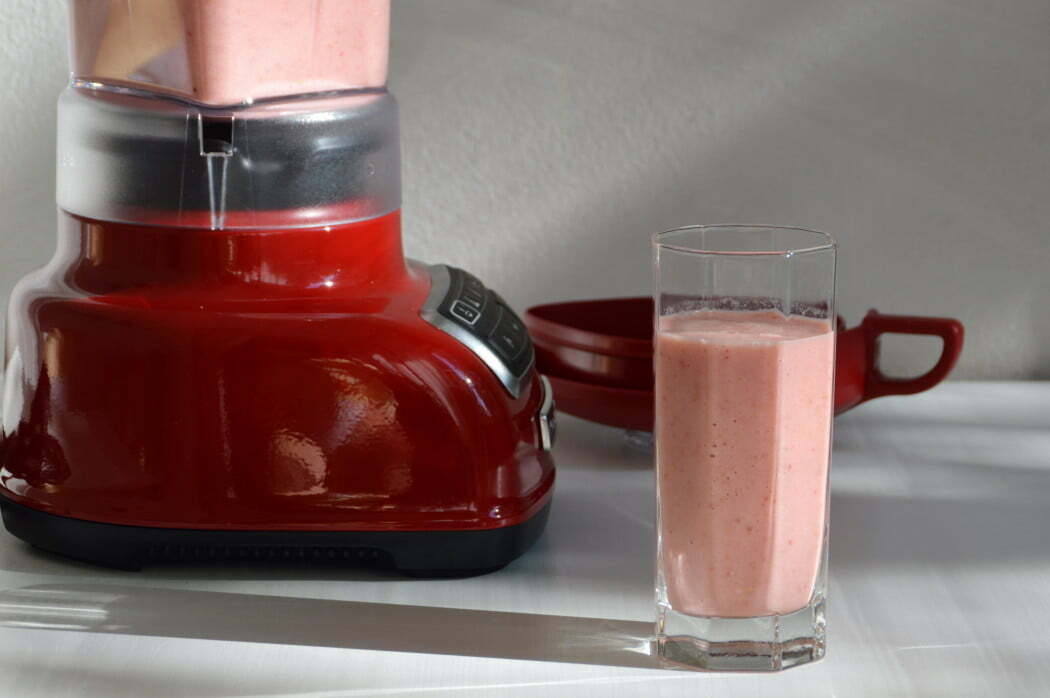
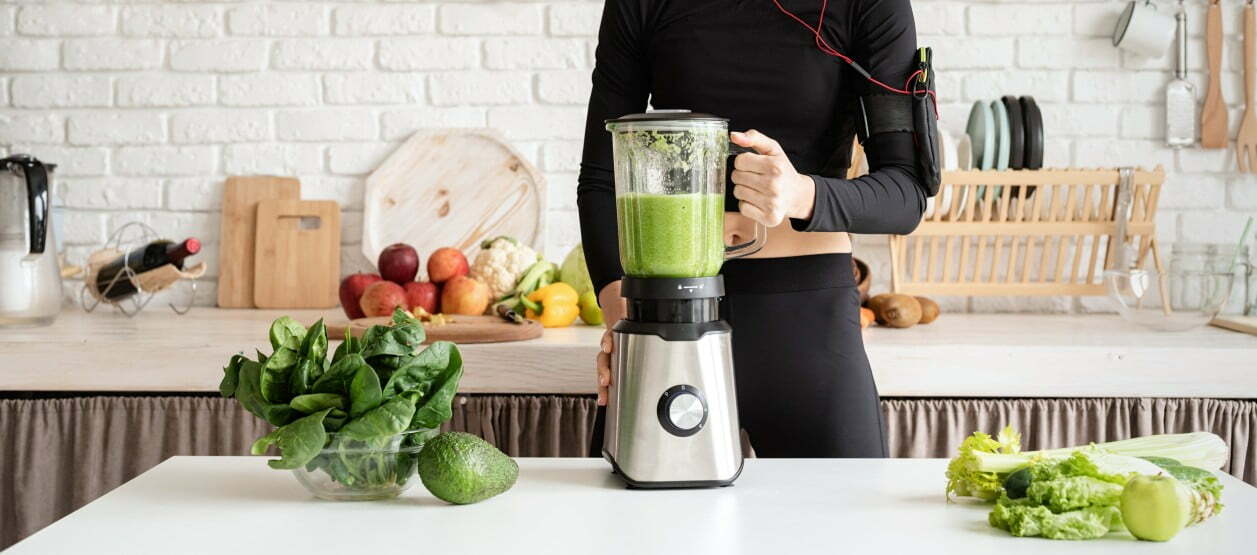
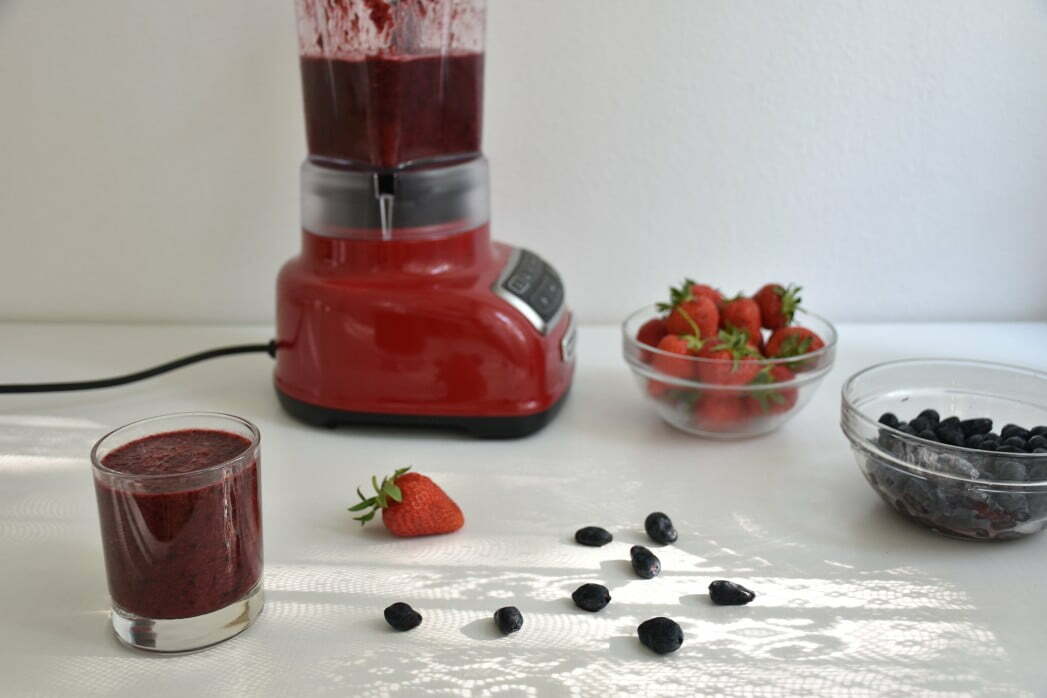
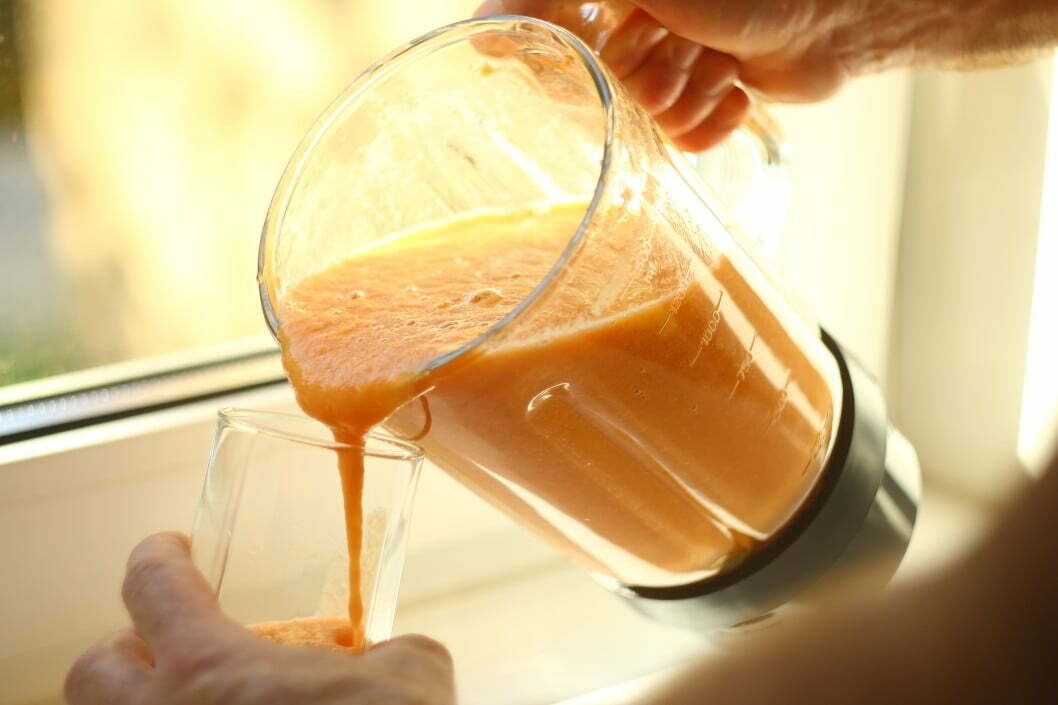
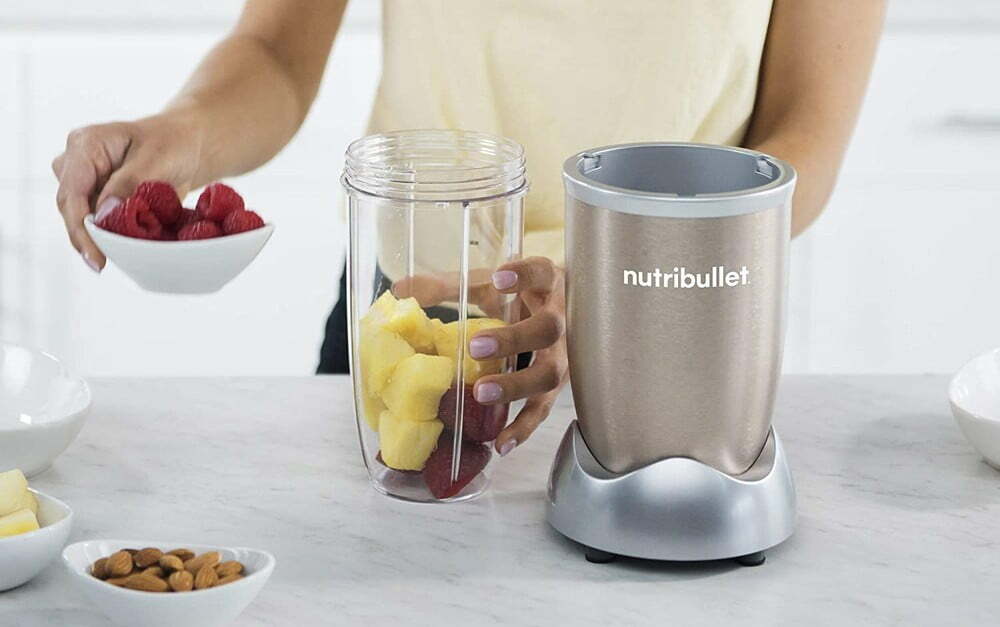
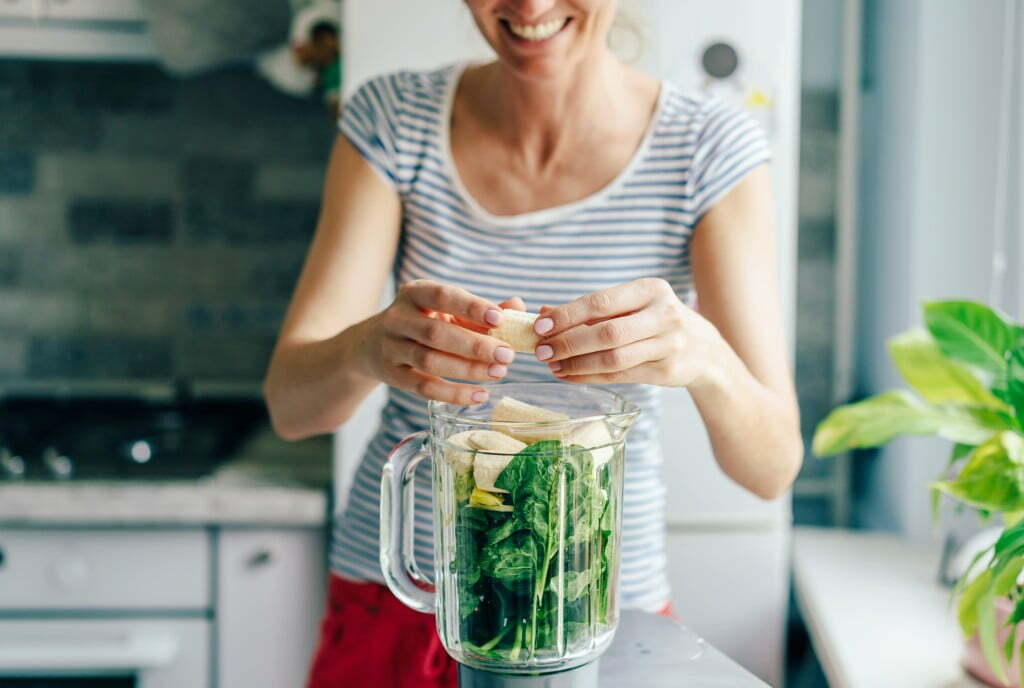
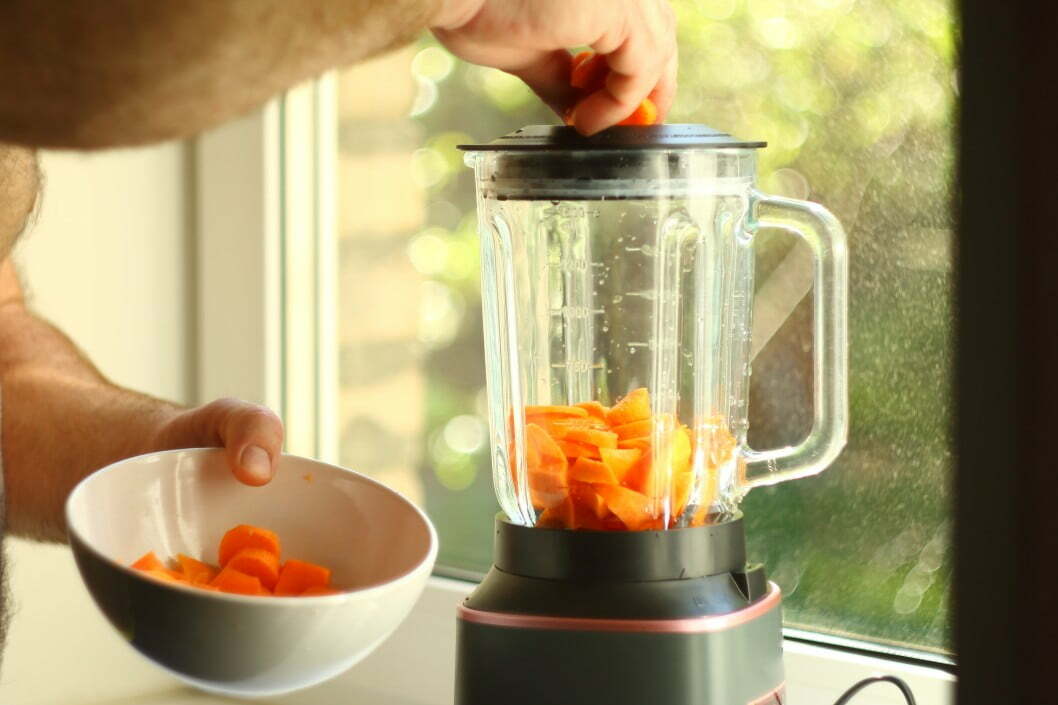
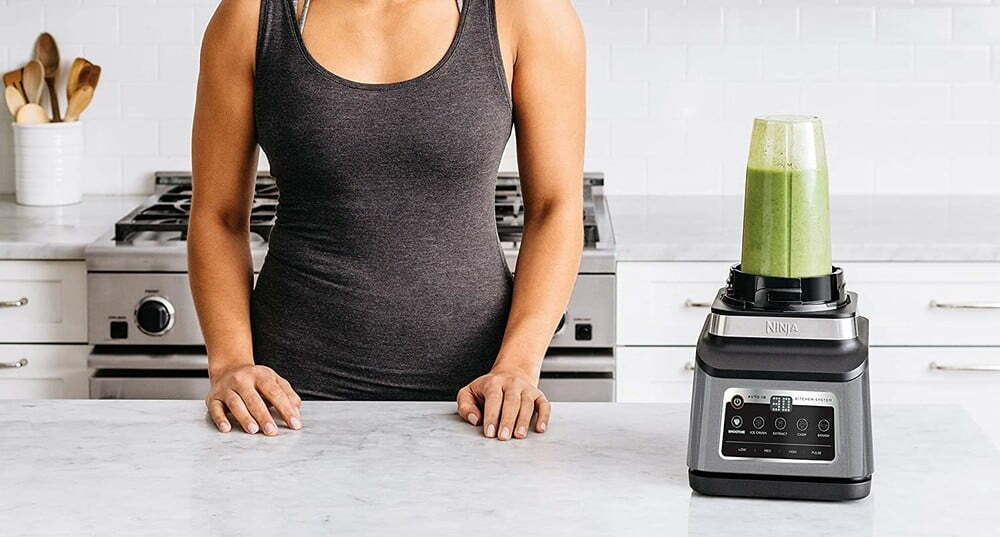
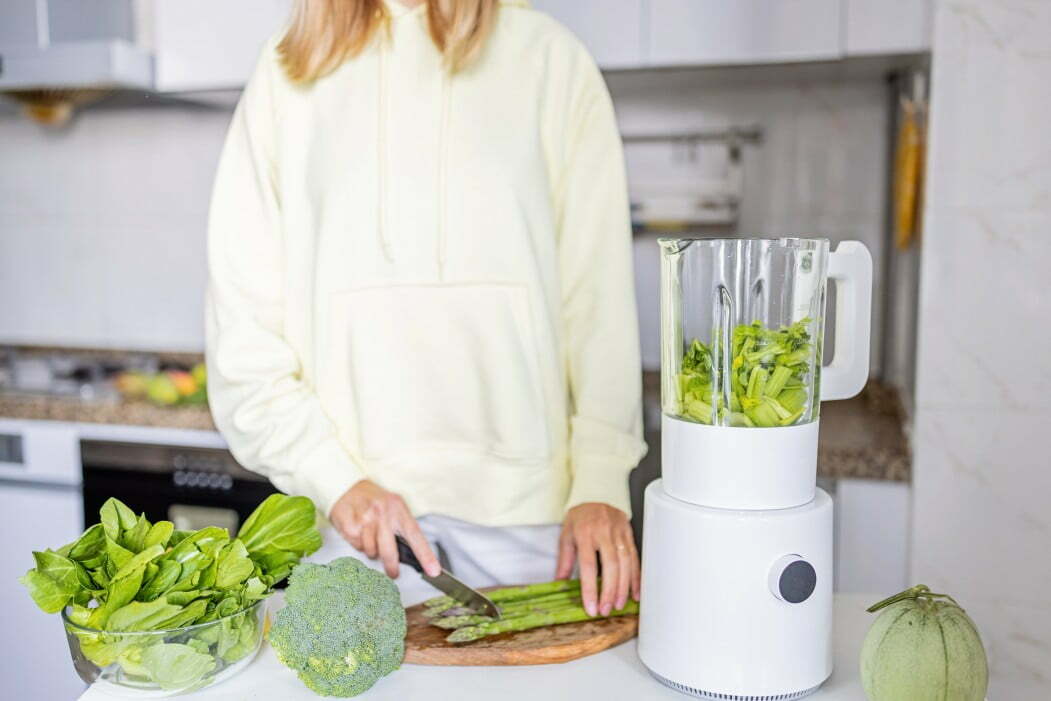
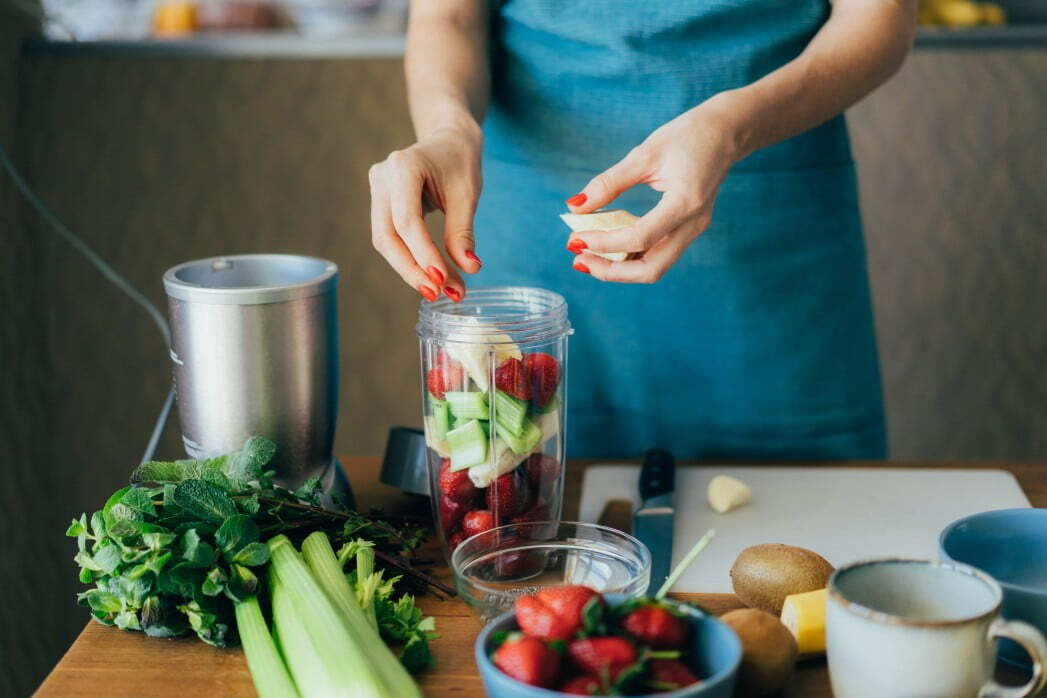
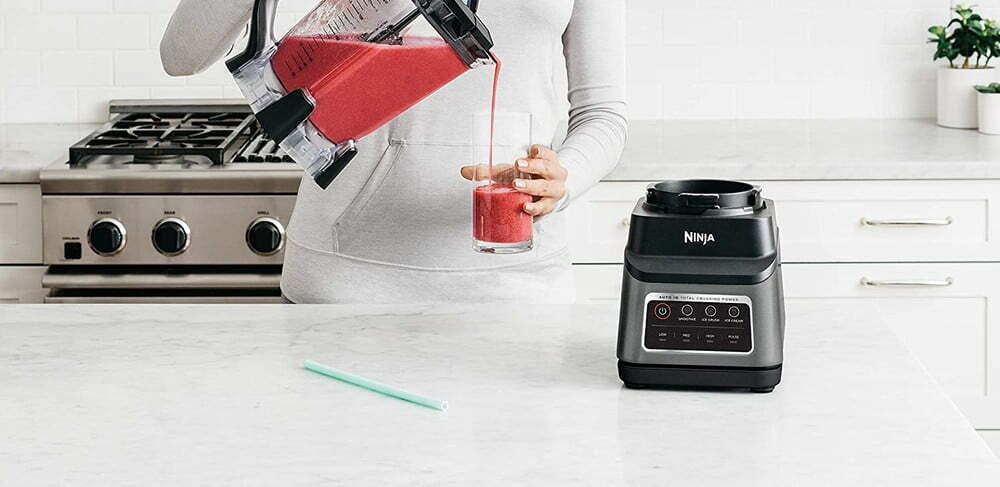
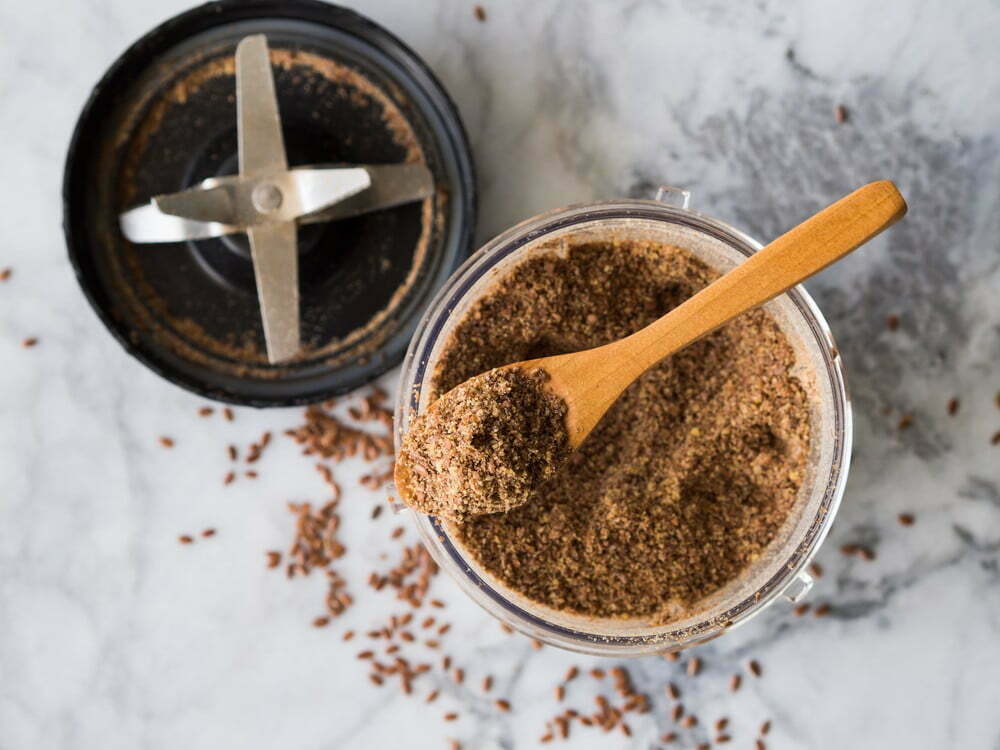
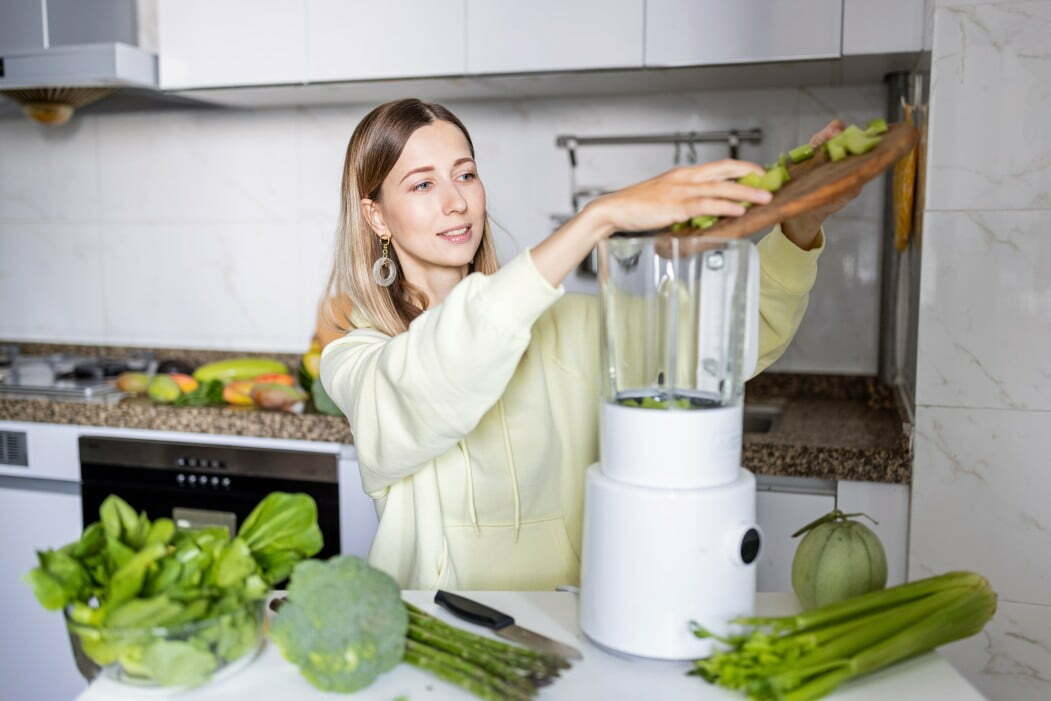
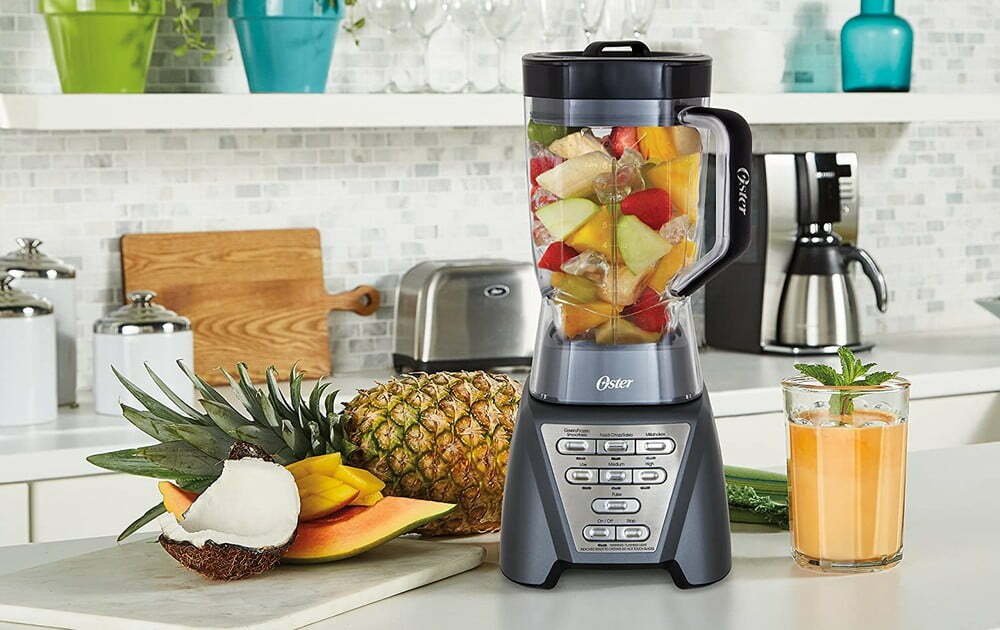
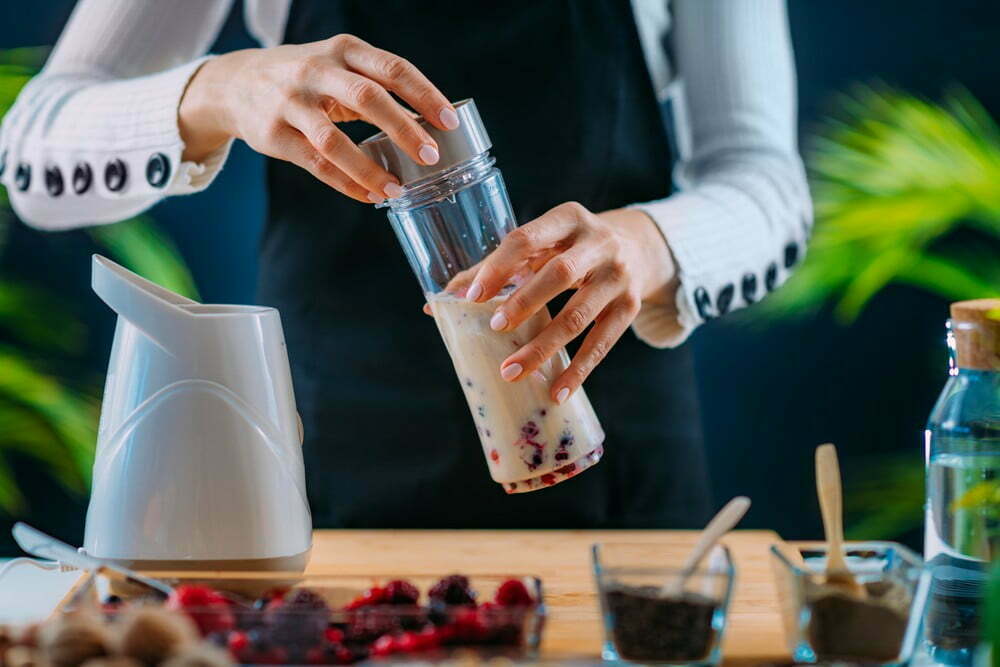
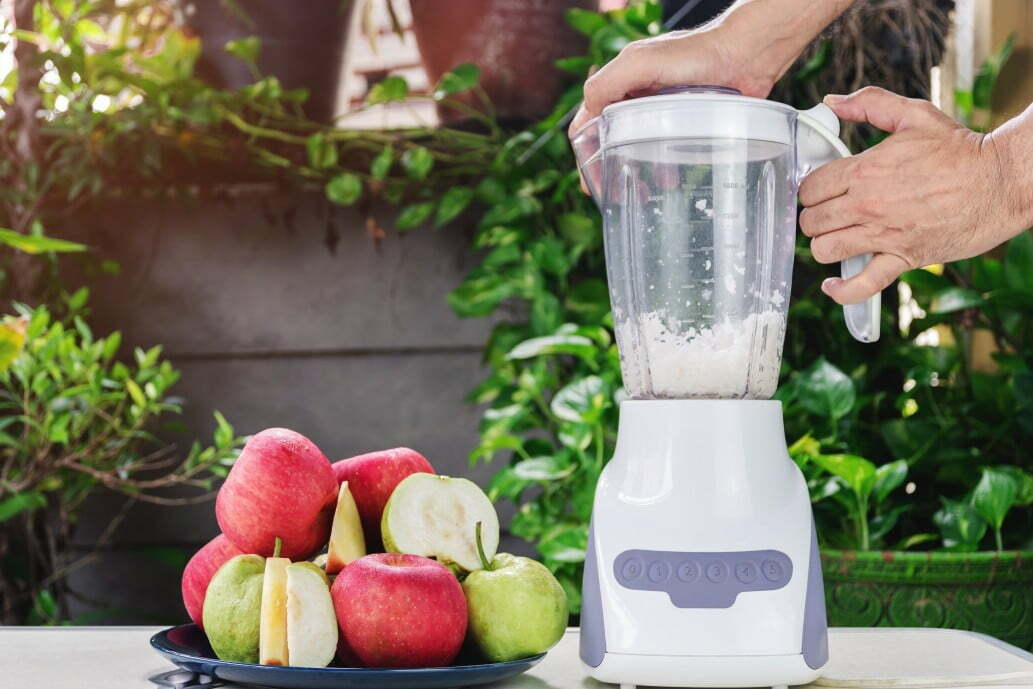
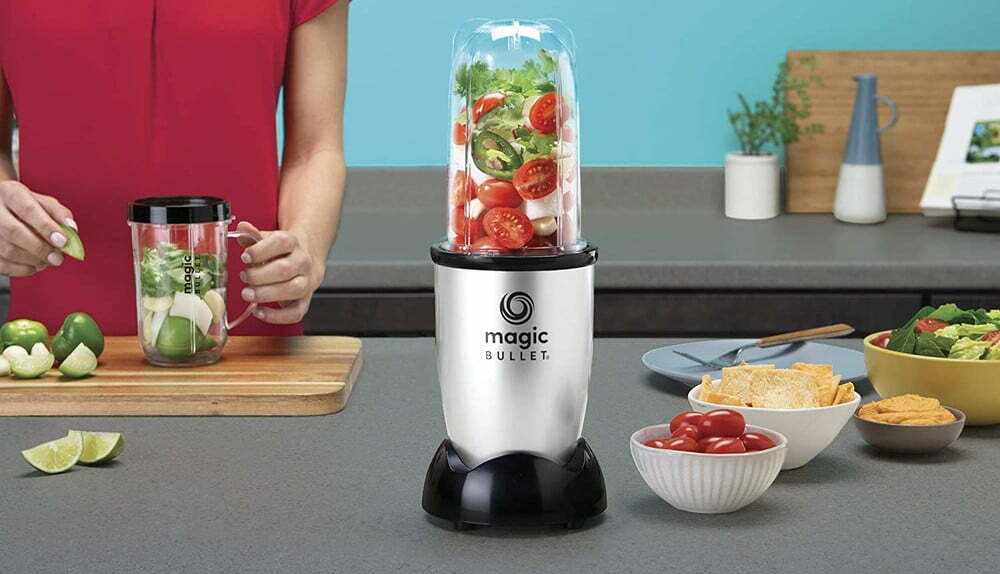
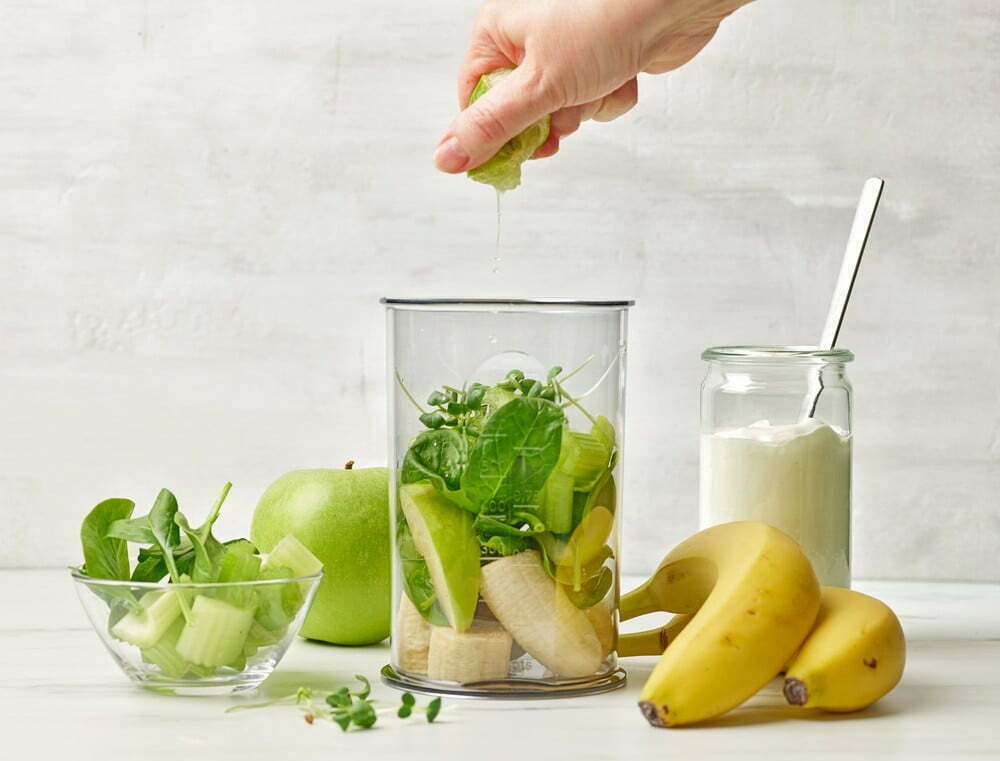
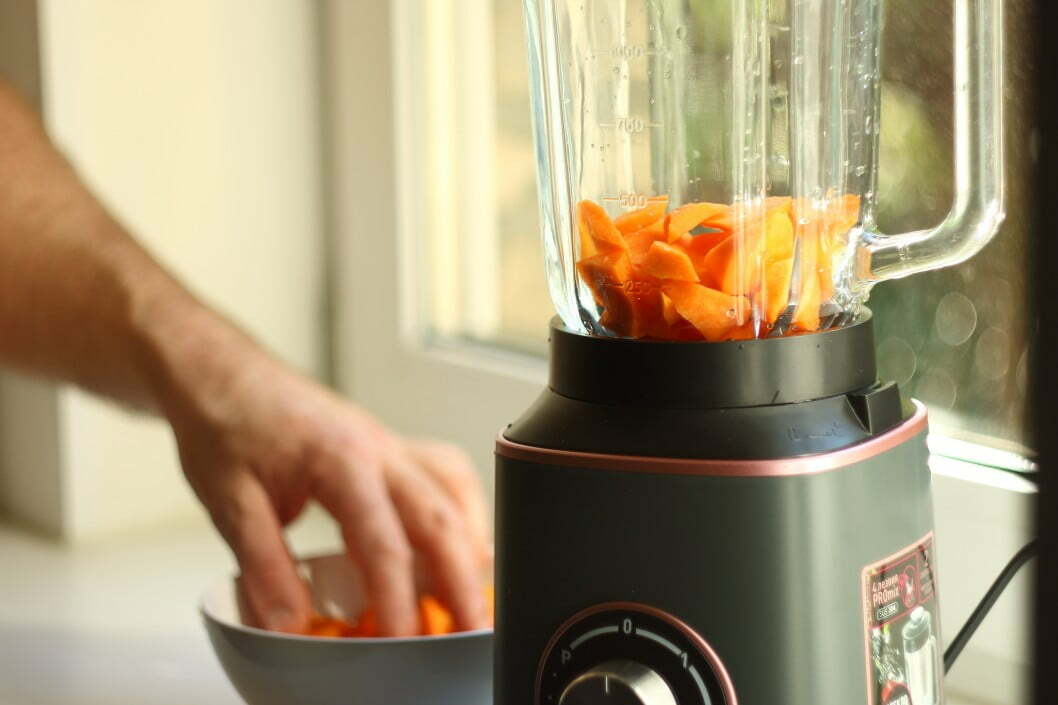
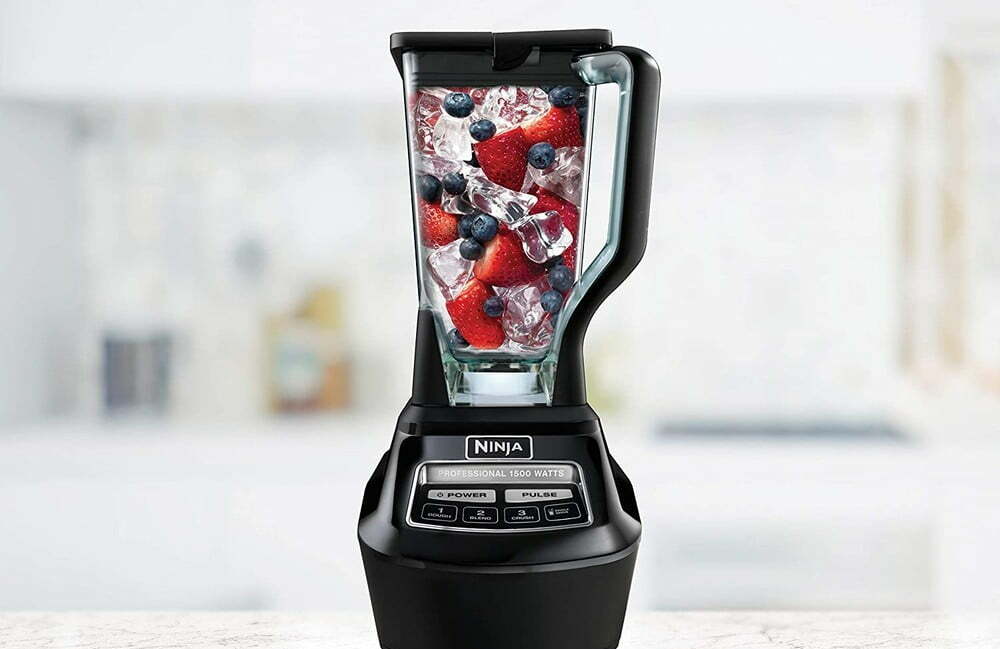
![Best Blender in [year] ([month] Reviews) 27 Best Blender in 2025 (December Reviews)](https://www.gadgetreview.dev/wp-content/uploads/best-blender-image.jpg)
![Best Kitchen Appliances in [year] ([month] Reviews) 28 Best Kitchen Appliances in 2025 (December Reviews)](https://www.gadgetreview.dev/wp-content/uploads/best-kitchen-appliances.jpg)
![Best Blenders for Acai Bowl in [year] 29 Best Blenders for Acai Bowl in 2025](https://www.gadgetreview.dev/wp-content/uploads/best-blender-for-acai-bowl-image.jpg)
![Best Blenders for Vegans in [year] 30 Best Blenders for Vegans in 2025](https://www.gadgetreview.dev/wp-content/uploads/best-blender-for-vegans-image.jpg)
![Best High-Powered Home Blenders in [year] 31 Best High-Powered Home Blenders in 2025](https://www.gadgetreview.dev/wp-content/uploads/best-high-powered-home-blender-image.jpg)
![Best Easy Clean Blenders in [year] 32 Best Easy Clean Blenders in 2025](https://www.gadgetreview.dev/wp-content/uploads/best-easy-clean-blender-image.jpg)
![Best Blendtec Blenders in [year] 33 Best Blendtec Blenders in 2025](https://www.gadgetreview.dev/wp-content/uploads/best-blendtec-blender-image.jpg)
![Best Oster Blenders in [year] 34 Best Oster Blenders in 2025](https://www.gadgetreview.dev/wp-content/uploads/best-oster-blender-image.jpg)
![Best Nutribullet Blenders in [year] 35 Best Nutribullet Blenders in 2025](https://www.gadgetreview.dev/wp-content/uploads/best-nutribullet-blender-image.jpg)
![Best Vitamix Blender in [year] 36 Best Vitamix Blender in 2025](https://www.gadgetreview.dev/wp-content/uploads/best-vitamix-blender-image.jpg)
![Best Quiet Blenders in [year] 37 Best Quiet Blenders in 2025](https://www.gadgetreview.dev/wp-content/uploads/best-quiet-blender.jpg)
![Best Blenders for Protein Shakes in [year] 38 Best Blenders for Protein Shakes in 2025](https://www.gadgetreview.dev/wp-content/uploads/best-blender-for-protein-shakes.jpg)
![Best Blenders for Milkshakes in [year] 39 Best Blenders for Milkshakes in 2025](https://www.gadgetreview.dev/wp-content/uploads/best-blender-for-milkshakes.jpg)
![Best Blenders for Margaritas in [year] 40 Best Blenders for Margaritas in 2025](https://www.gadgetreview.dev/wp-content/uploads/best-blender-for-margaritas.jpg)
![Best Blenders for Nut Butter in [year] 41 Best Blenders for Nut Butter in 2025](https://www.gadgetreview.dev/wp-content/uploads/best-blender-for-nut-butter.jpg)
![Best Ninja Blenders in [year] 42 Best Ninja Blenders in 2025](https://www.gadgetreview.dev/wp-content/uploads/best-ninja-blender.jpg)
![Best Commercial Blenders in [year] 43 Best Commercial Blenders in 2025](https://www.gadgetreview.dev/wp-content/uploads/best-commercial-blender.jpg)
![10 Best Portable Blenders for Travel in [year] 44 10 Best Portable Blenders for Travel in 2025](https://www.gadgetreview.dev/wp-content/uploads/best-portable-blender-for-travel.png)
![10 Best Vacuum Blenders in [year] 45 10 Best Vacuum Blenders in 2025](https://www.gadgetreview.dev/wp-content/uploads/best-vacuum-blender.jpg)
